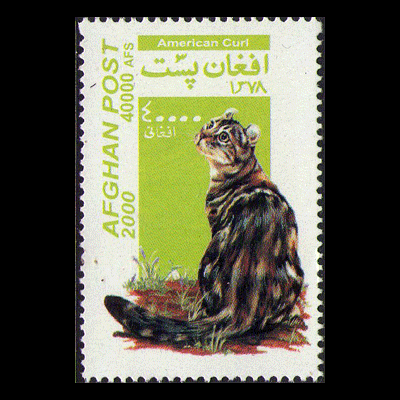Kitten mortality in the United Kingdom: a retrospective analysis of 274 histopathological examinations (1986 to 2000)
Study of 274 kitten deaths in the UK between 1986 and 2000
source: T.A.Cave et al
Veterinary Record vol 151 no 17, October 26 2002
starts p497, 5 pages long
A retrospective study has examined the deaths of 274 kittens from the UK. Private homes accounted for 211 of the kittens, and 56 kittens came from shelters, while a further seven kittens were of unknown origin. Pedigrees accounted for 56% of the sample, and this high proportion may be because owners were keener to find out why the kitten had died. Infectious diseases were found to have affected 55% of the kittens, with viral infections accounting for 71% of infections. Feline parvovirus (FPV) accounted for 25% of the total deaths. Feline herpesvirus and calcivirus were the most important viral infections for neonatal and pre-weaning kittens, while 17 postweaning kittens died from feline infectious peritonitis.
The median age at death of rescue shelter kittens was 49 days compared to 56 days for kittens from private homes. Shelter kittens were also more likely to have suffered from FPV. Pedigree kittens were more likely to have come from private homes rather than shelters, and their median age at death was 56 days compared with 42 days for non-pedigree kittens. Little difference was found between age at death of male and female kittens. There was no diagnosis for 33% of the total, and lack of diagnosis was more
likely if only a sample of tissue was submitted, rather than the kitten's whole carcass.
More research is needed on how common FPV is in shelters. Measures to control infection can reduce kitten mortality in shelters.
CA,HD


